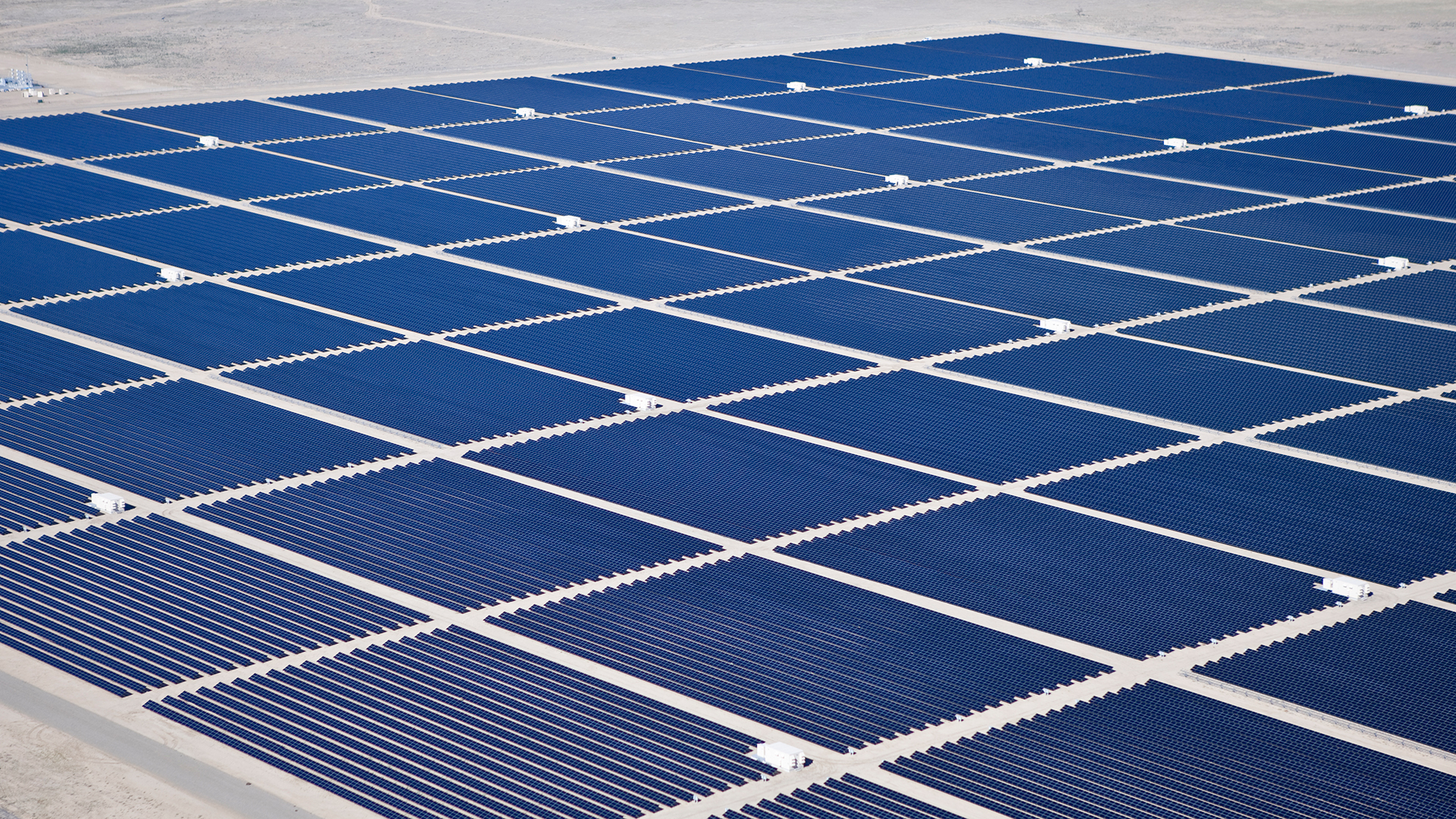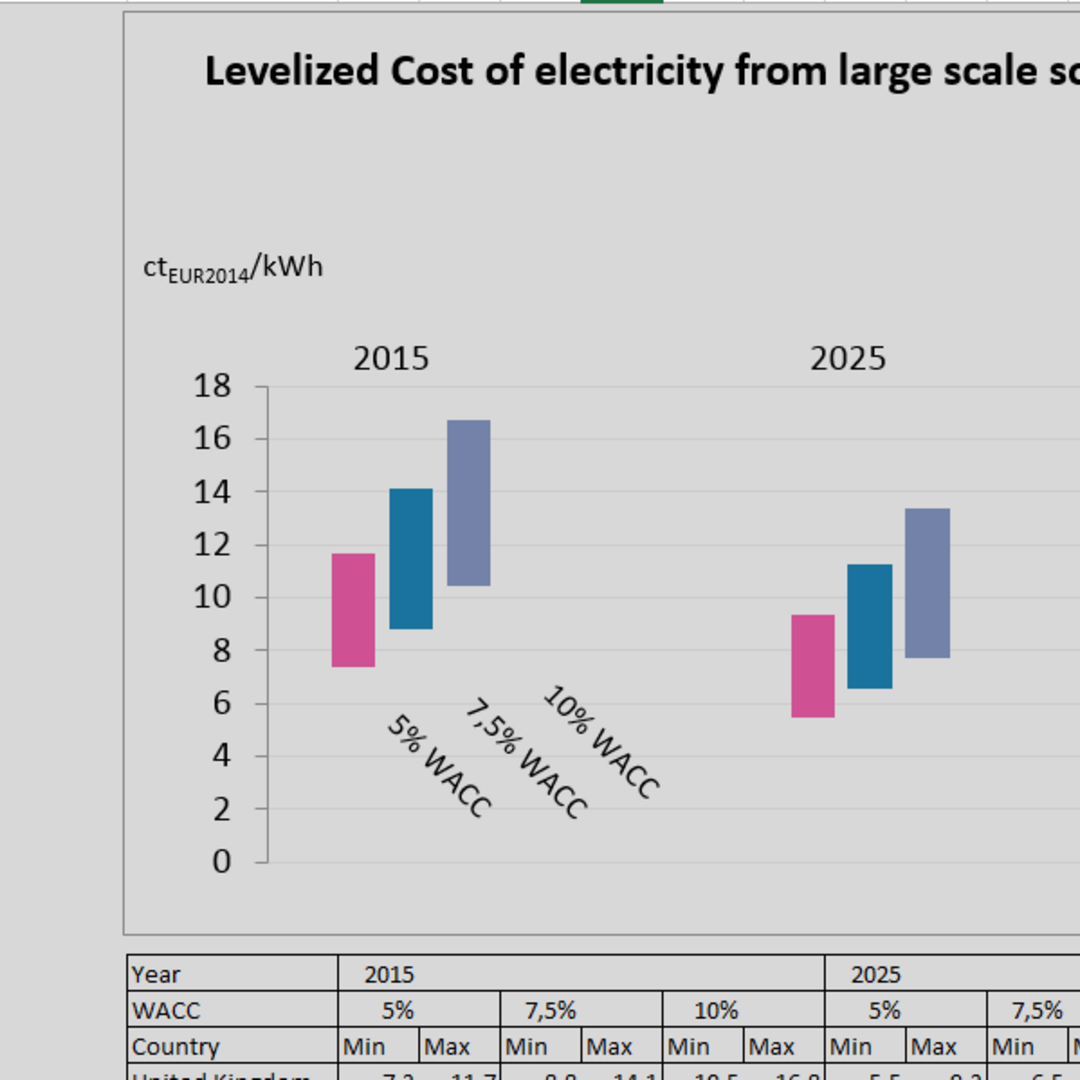-
Solar photovoltaics is already today a low-cost renewable energy technology.
Cost of power from large scale photovoltaic installations in Germany fell from over 40 ct/kWh in 2005 to 9ct/kWh in 2014. Even lower prices have been reported in sunnier regions of the world, since a major share of cost components is traded on global markets.
-
Solar power will soon be the cheapest form of electricity in many regions of the world.
Even in conservative scenarios and assuming no major technological breakthroughs, an end to cost reduction is not in sight. Depending on annual sunshine, power cost of 4-6 ct/kWh are expected by 2025, reaching 2-4 ct/kWh by 2050 (conservative estimate).
-
Financial and regulatory environments will be key to reducing cost in the future.
Cost of hardware sourced from global markets will decrease irrespective of local conditions. However, inadequate regulatory regimes may increase cost of power by up to 50 percent through higher cost of finance. This may even overcompensate the effect of better local solar resources.
-
Most scenarios fundamentally underestimate the role of solar power in future energy systems.
Based on outdated cost estimates, most scenarios modeling future domestic, regional or global power systems foresee only a small contribution of solar power. The results of our analysis indicate that a fundamental review of cost-optimal power system pathways is necessary.
-
Related



